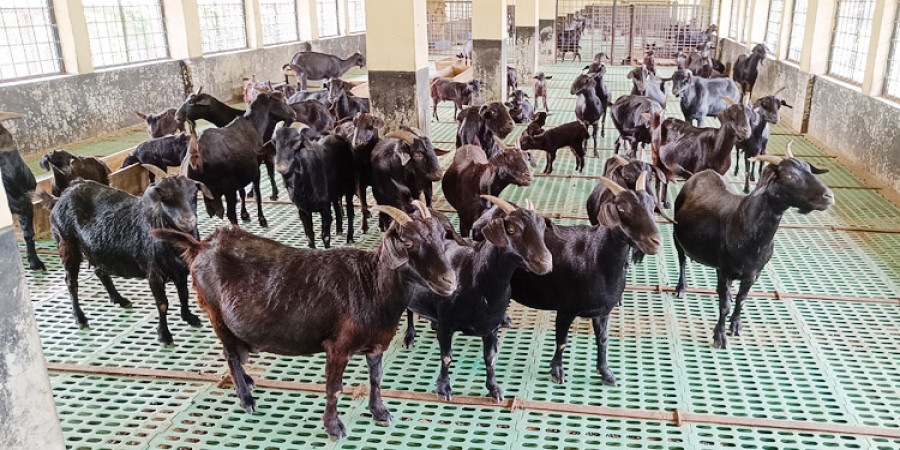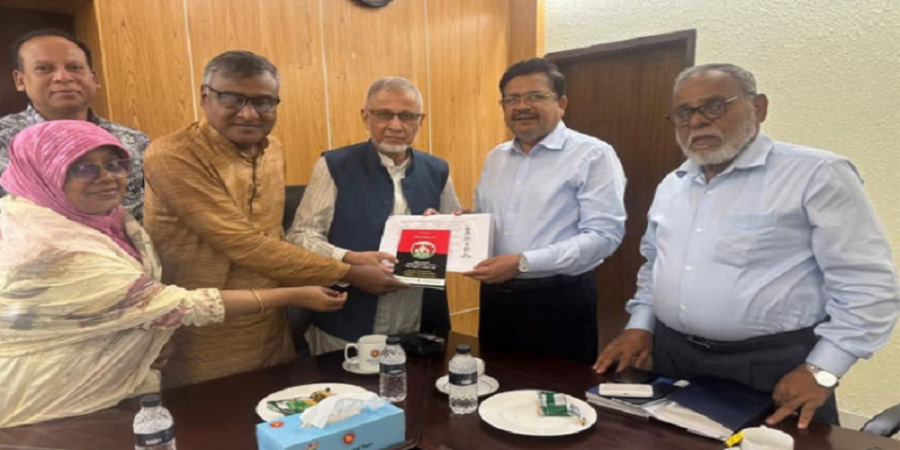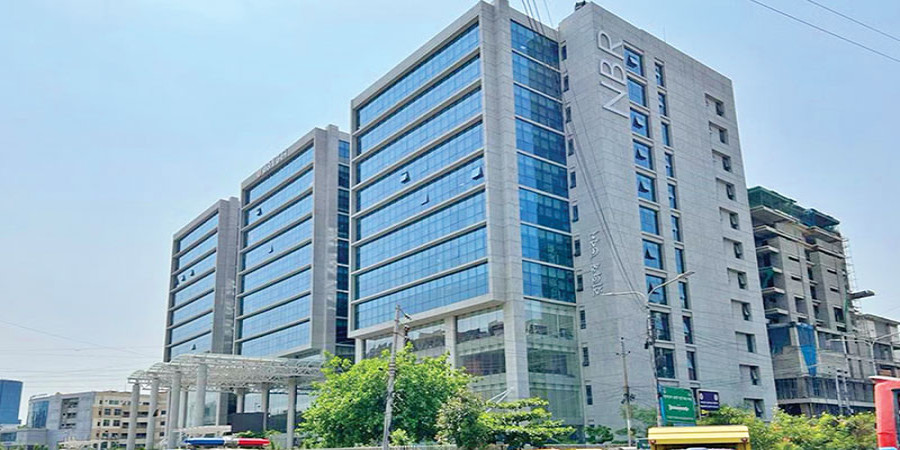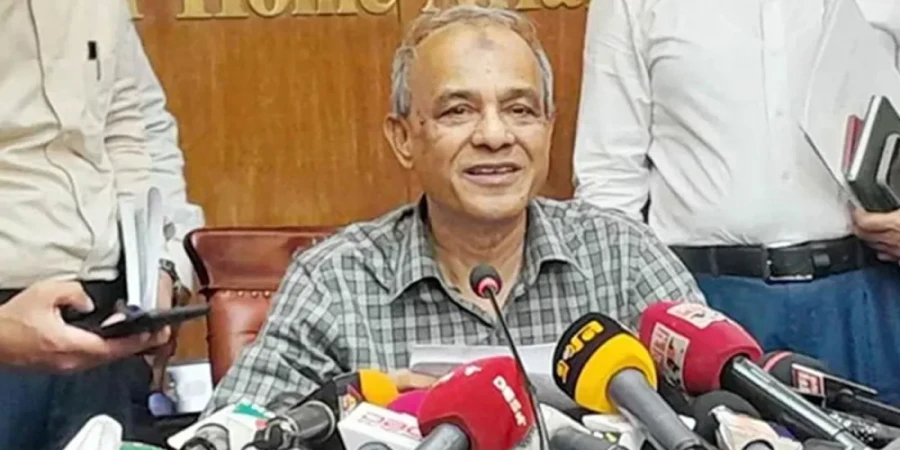
ছবি: Photo: Collected
The Government Goat Development Farm in Chuadanga, established nearly three decades ago to preserve and enhance the Black Bengal goat breed, is now operating under severe strain due to a chronic manpower crisis. Out of 13 sanctioned positions, 11 remain vacant — including the crucial role of a veterinary surgeon, which has never been filled since the farm’s inception in 1996.
Situated on 10 acres of land in the College Para area of Chuadanga town, the farm was launched with 225 female goats and 50 bucks, with a vision to promote selective breeding, research, and artificial insemination. Despite its promising start and the rising global demand for the meat and leather of Black Bengal goats, the farm has steadily declined due to administrative neglect and lack of personnel.
Currently, the farm houses 388 goats, comprising mature, growing, and juvenile bucks and does. The figures include 33 adult bucks, 51 growing bucks, 130 adult does, 62 growing does, 45 male kids, and 67 female kids. Though there has been a modest increase in the total number of goats compared to the initial count, the farm’s potential remains vastly untapped due to logistical challenges.
The Black Bengal goat, renowned for its disease resistance and high-quality meat and skin, was granted Geographical Indication (GI) recognition in 2024, marking it as a national asset of Bangladesh. In light of this status, the farm was expected to play a pivotal role in genetic preservation and breeding enhancement. However, operational realities tell a different story.
From the 2017–18 fiscal year through March 2025, the farm distributed 1,035 bucks and 893 does to farmers and entrepreneurs in surrounding regions. Yet production has dropped over the past year, with 122 fewer goats than the previous period. The absence of a functioning research center or artificial insemination unit further jeopardizes the continuity of the breed, experts warn.
Four acres of the farm are used to cultivate various types of fodder grass such as Napier, Red Napier, sorghum, and maize, which form an essential part of the goats’ diet. Despite the effort to maintain a self-sufficient feeding system, the farm’s productivity has suffered from the absence of skilled caretakers, technicians, and administrative support.
Currently, only two regular staff members — a livestock officer and an accountant-cum-cashier — are performing core duties. Two additional goat attendants, deployed from the Benapole and Damurhuda branches, are assisting temporarily. However, the remaining positions, including one sub-assistant livestock officer, one office assistant, six goat attendants, two night guards, and the ever-vacant veterinary surgeon post, continue to be unfilled.
Local stakeholders and farmers who have benefited from Black Bengal goat rearing express growing concern that, unless urgent recruitment and resource allocation are made, the farm could collapse entirely. Many in the surrounding districts, including young entrepreneurs and women, have built livelihoods around rearing this native breed, often with support from the Department of Livestock.
Despite its strategic significance and potential contribution to the rural economy, the Chuadanga Goat Development Farm has yet to fulfill its founding promise. With declining reproductive rates and no functional research mechanisms in place, the long-term survival of the Black Bengal goat’s pure genetic lineage is at risk.
Officials involved in livestock development emphasize that preserving and expanding this valuable breed requires immediate governmental intervention. The farm, with its foundational infrastructure and national recognition, stands at a critical juncture where timely support could either revive its operations or signal its irreversible decline.
If proper staffing, funding, and technical upgrades are not ensured soon, the farm may not be able to sustain even its current capacity, let alone support the national goal of genetic conservation and breed enhancement.
repoter






